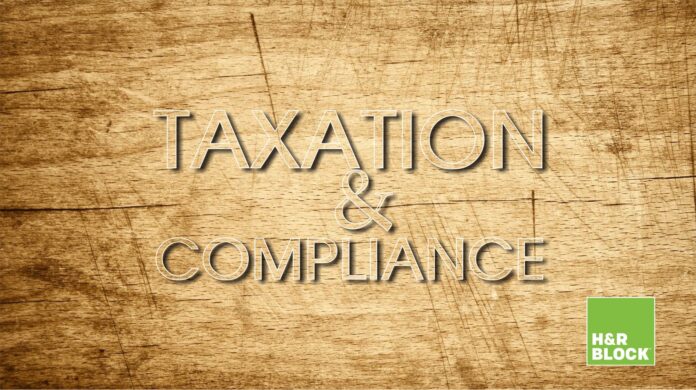
CA Ankita Mathur
India has since 1971 been a part of World Customs Organization (WCO), which came out with the ‘Harmonised System of Nomenclature’ or HSN. Under GST,using HSN will allow every participating country to classify goods in a systematic and logical manner, making international trade smoother.
By adopting HSN classification, India will rise and gain recognition and acceptance among the global players. The HSN codes declared on the products will be automatically identified and the appropriate GST rates applied in global trade, thereby making business systematic, and reducing the costs of international trade.
For most businesses, adoption of HSN is mandatory under GST. Depending on turnover in the previous year, owners need to declare either the 2-digitor 4-digit HSN of the merchandise.
| Revenue | HSN Digits to be Declared |
| Below Rs 1.5 crore | 0 |
| Rs 1.5 – 5 crore | 2 |
| Above Rs 5 crore | 4 |
HSN Classification
HSN classification consists of sections, chapters, headings and subheadings. Each section contains several chapters under which headings and subheadings are listed depending upon the products and its components. For example,umbrellas would have an HSN code of 6601. The first two digits – 66–represent the chapter under umbrellas and accessories; followed by 01 representing the heading under which umbrellas and sun umbrellas fall.
The general interpretative rules consist of six rules, of which the first four are applied in sequence and as they are related. The remaining two can be applied as and when needed.
Rule 1
Classifications can be derived as per headings and sub-headings, since sections and chapters are for reference and legal purposes only.
Rule 2a
Incomplete products which have the same properties as the finished products are classified the same as the finished product. For example, a car without seats is still a car.
Rule 2b
A product’s components which have a mixture of substances shall be classified under a different heading, whereas the mixture can belong to a different HSN.
Rule 3a
The particular heading of the product shall take precedence over the heading of the product. For example, chocolate falls under a different heading and attracts its own GST rate, whereas choclate milk would fall under the milk beverage classification and not the general milk category, which attracts 0% GST rate.
Rule 3b
If a product cannot be classified under the set headings, then the characteristics of the product can be used for identifying the HSN.
Rule 3c
If a product is well suited in two headings, then the heading which is last in numerical order can be selected.
Rule 4
If a product is not classifiable as per the rules, then it can be labelled as per the product it most likely resembles.
Rule 5
Products designed as cases for a specific product and for the long term will be classified the same as the product itself. For example, mobile covers would be classified under mobiles.
Rule 6
When determining the classification of products in accordance with the sub-heading, the comparable sub-heading must be of the same level.
Under the GST regime, adopting HSN codes will help business owners file their returns more easily as the system will be automated, thus saving time by not having to give detailed descriptions of each product. Furthermore, HSN codes will improve global trade practices with systematic GST rates being applied automatically.
——————————————————————————————————————–
CA Ankita Mathur (business services-H&R Block India Private Limited), author of this article, can be reached for clarifications and assistance regarding taxation & compliance at ankita.mathur@hrblock.in. ')}

